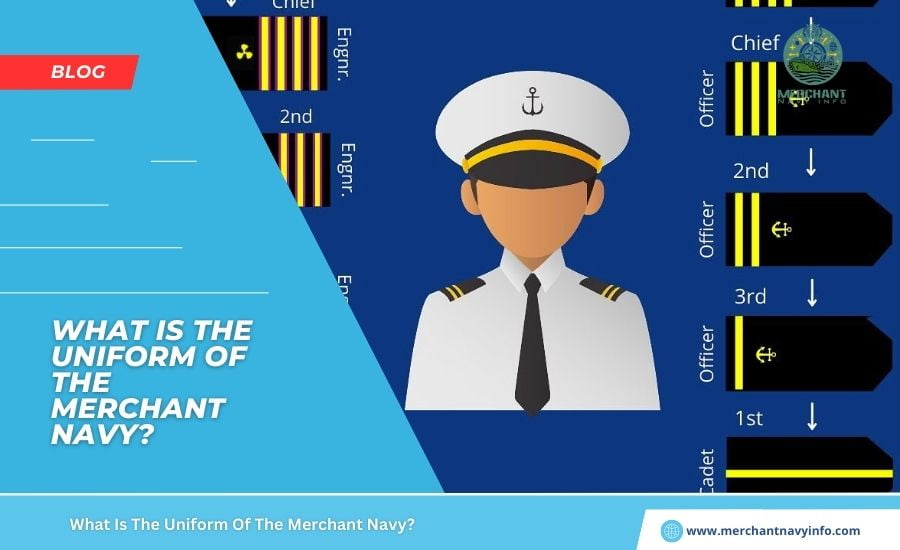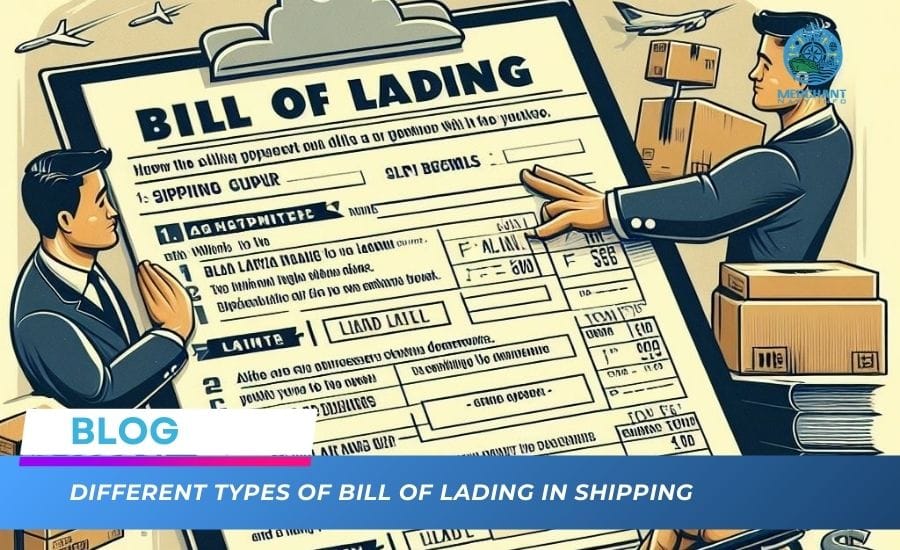
The merchant navy dress code is a source of pride and respect for those who serve at sea. It takes years of hard work and discipline. And dedication for a maritime professional to be worthy of wearing the prestigious uniform of the Merchant Navy. These stylish uniforms attract not only those in the maritime community.
But also those who have no idea what a maritime professional does or what the maritime industry is. For some, the uniform is more than just two pieces of clothing. It is a connection to the experiences, achievements, and industry that have made them who they are today. Many young people indeed aspire to wear the Navy uniform. To earn this privilege, however, one must work hard.
History of the Merchant Navy
It is said that the uniform was first awarded to the British Merchant Navy by King George V in recognition of their service in World War I. Similarly, the idea of a special uniform for merchant sailors arose in the 20th century, especially after World War I. Like other military forces around the world, the Navy adopted uniforms long ago. Merchant officers and other crew members were allowed to choose their own attire. Historians suspect that the work clothes of merchant sailors were not significantly different from those of farmers and other working classes.
Uniforms became part of merchant naval culture after a system of stripes and badges was introduced on passenger ships to distinguish crew from travelers. The system also distinguished officers from other crew members, such as seamen and petty officers. The successful introduction of the system overseas brought passenger ships to the attention of merchant shipowners in the UK and other major European countries. Historical documents indicate that merchant ships had no official uniforms until 1918 when the British Board of Trade introduced one.
Research
According to the Royal Museum, Greenwich, most of the trade uniforms in its collection date from the 20th century, also including the standard uniform introduced in 1918. The uniform not only served to identify the rank of the seafarer but also indicated the crew’s responsibilities and ensured enhanced discipline in their work. The shiny epaulettes on the shoulders reflect the responsibilities and other achievements of the seafarers in different eras. The uniform culture in merchant ships continued until the 1970s, but in later years, such formal characteristics disappeared, especially in merchant ships.
Passenger ship crews continued to wear the uniform, while other merchant ship crews focused on operational skills and made other advanced elements optional. At the same time, the British also issued a merchant naval cap badge. In terms of insignia, deck officers wore a uniform with a solid gold stripe, while engineer officers wore a uniform with a gold stripe with a purple midtone. Electrical and medical officers wore uniforms with green and red gold stripes. Electrical officers wore the same striped uniform as third engineers or second officers.
Merchant Navy Dress Code On Board
The uniforms not only help to distinguish between crew and passengers but also help to foster unity and cohesion among the crew and professionalism throughout the ship, resulting in improved service delivery. What a maritime professional carries on board depends on the type of ship and the type of work he/she performs.
For example, as mentioned earlier, a seafarer working on deck or in the engine room wears overalls and a high visibility vest or safety equipment such as gloves, helmets, and safety shoes, unlike in merchant ships. Like all other uniforms used in different workplaces, the merchant navy dress code is marked with information describing the person wearing it. This helps to establish a professional identity and clarify the professional hierarchy among the crew.
Merchant Marine Uniform
Facility Officers and Deck merchant navy dress code (and officers) typically wear white shirts and black trousers with epaulettes appropriate to their rank when on the bridge, in the accommodation, or in the mess areas of the ship. The uniform includes black evening shoes and also a sweater or sweatshirt if the temperature is lower. The cap (P-cap) is a black hood with a white top marked with an anchor.
When working on deck or in cargo operations, they are typically seen wearing overalls and other personal protective equipment. The deck crew also wear the same overalls and safety boots. Engineer’s uniform. Engineer’s crew spend most of their time in the engine room and, therefore, wear overalls at all times except when doing officer’s chores or on the bridge.
(However, during the lunch break, they are allowed to eat in their overalls due to time constraints.) The official uniform of the engineering officer is the same as that of the deck officer. However, the epaulettes change according to rank (Engineer’s epaulettes also have a purple stripe, and also have a propeller mark, while deck officer’s epaulettes have an anchor.) The P-cap is the same as that of the deck officer’s. Engine room crew also wear mostly overalls and/or protective clothing.
Uniforms of Merchant Navy Crew
As mentioned before, both engine and deck crew usually wear overalls while working. Cooks and seamen mostly wear white shirts, black trousers and black formal shoes (or safety boots). As is common in all other workplaces, merchant ship crews are assigned different uniforms according to rank. Merchant ship crew uniforms may also display cap badges and other popular insignia. Today, the uniforms and other dress codes of Merchant Navy officers have changed significantly. The uniform design has improved significantly, and, of course, young people’s interest in being part of this community has increased significantly.










